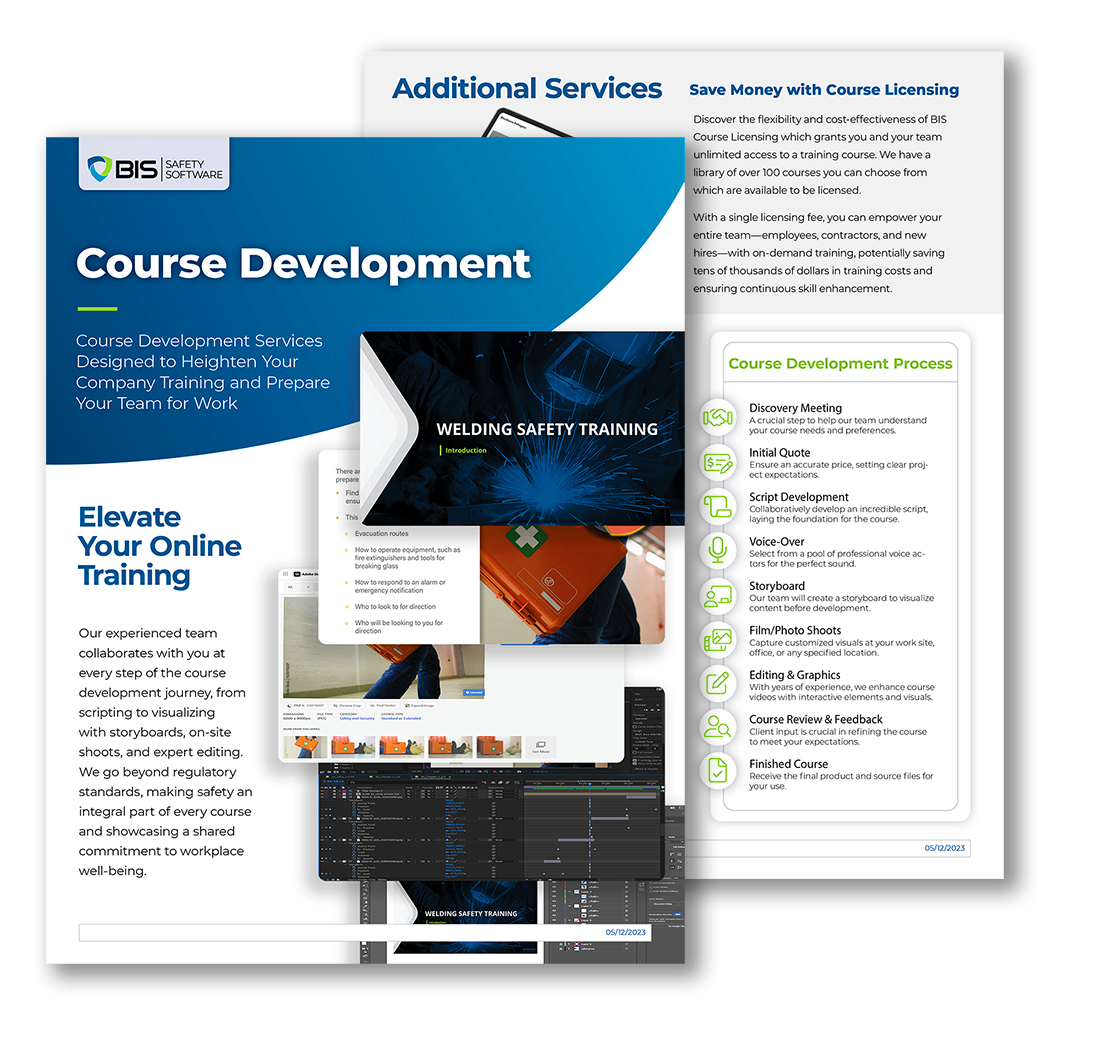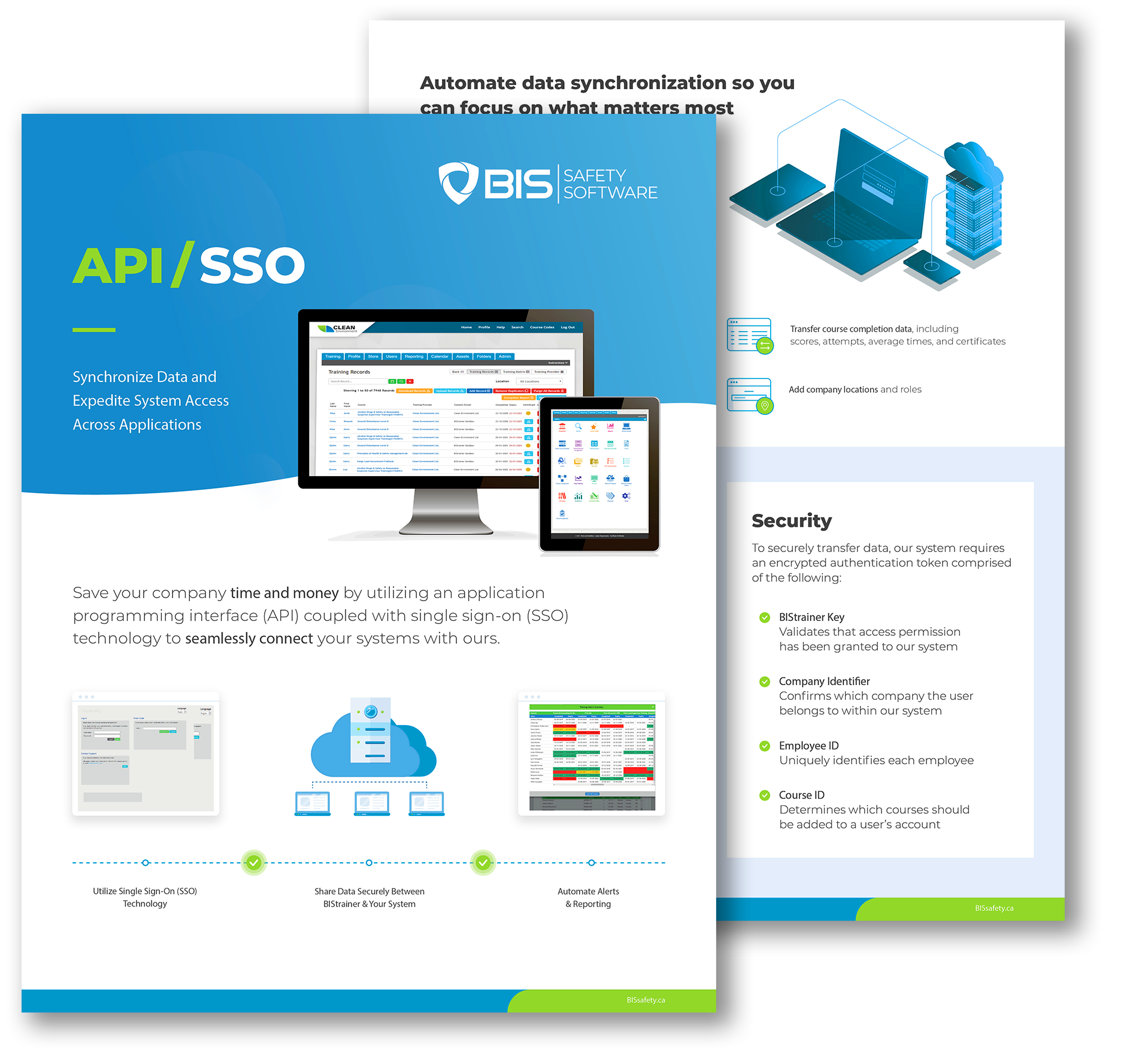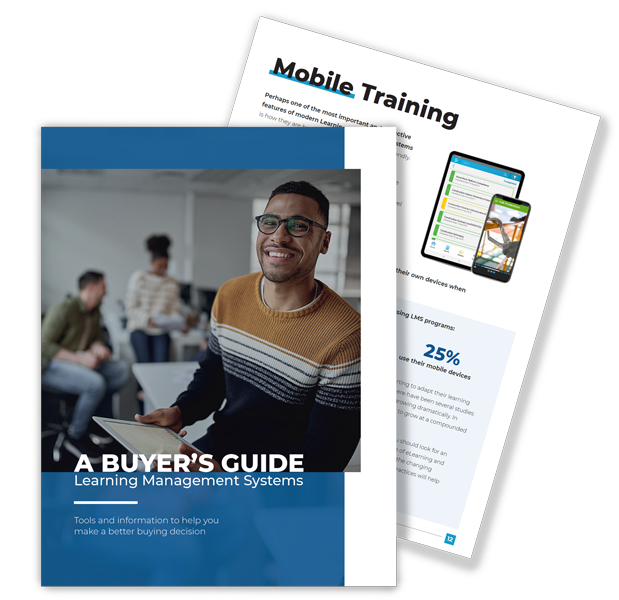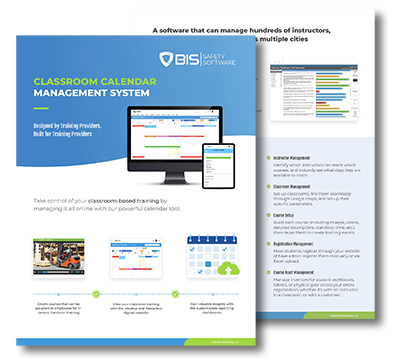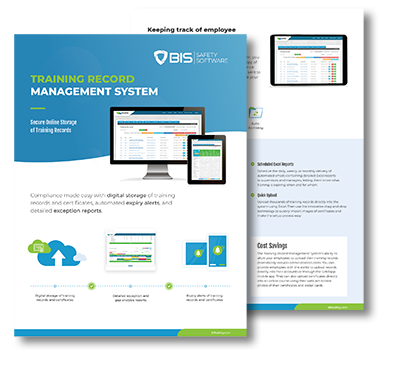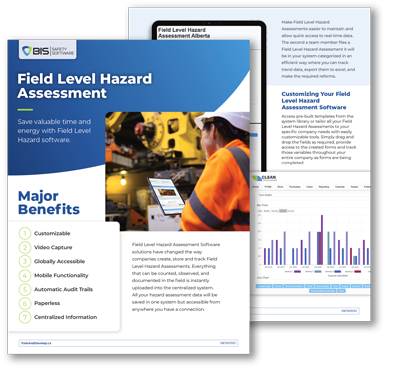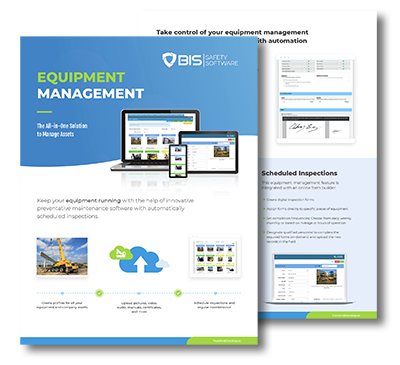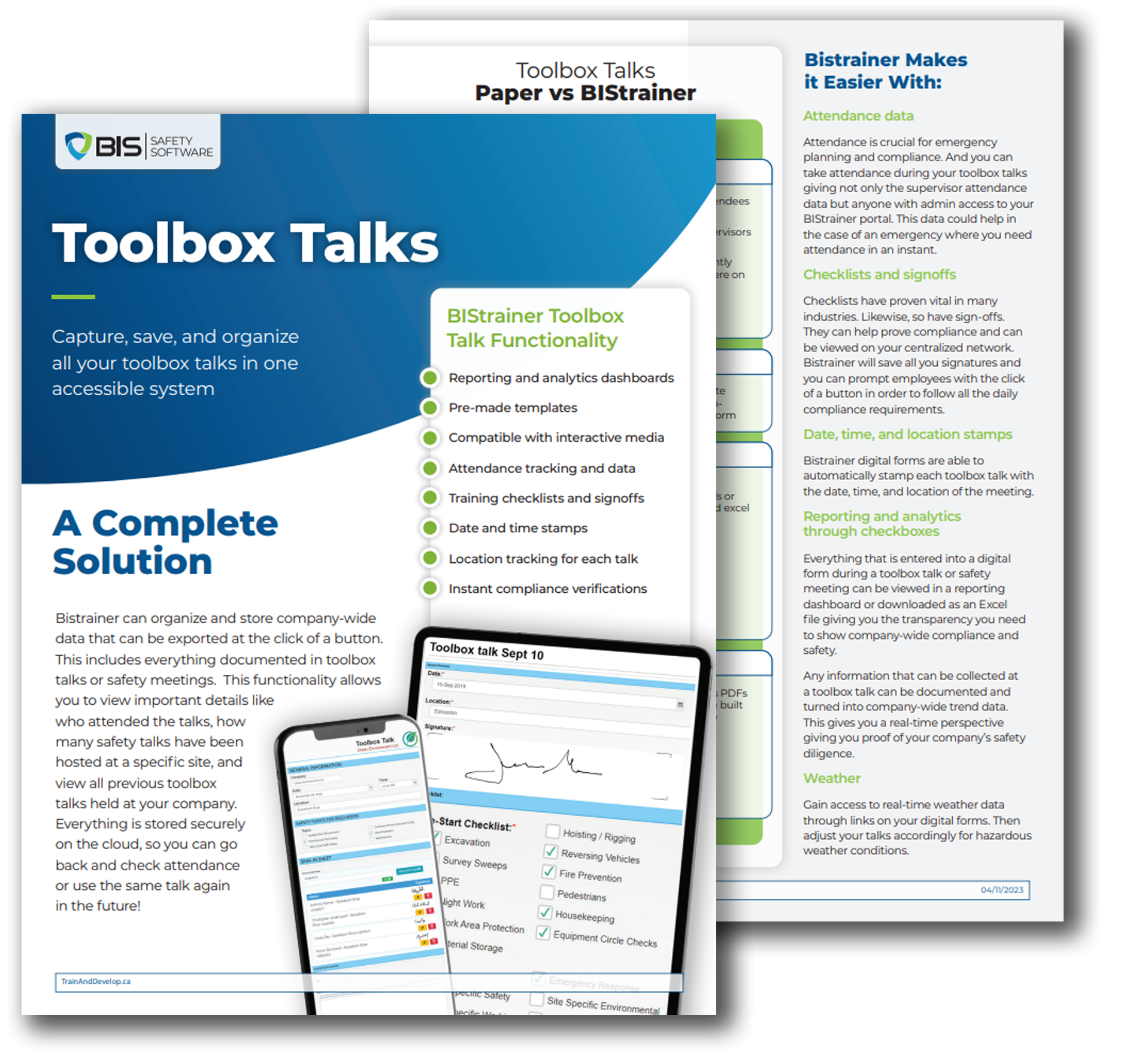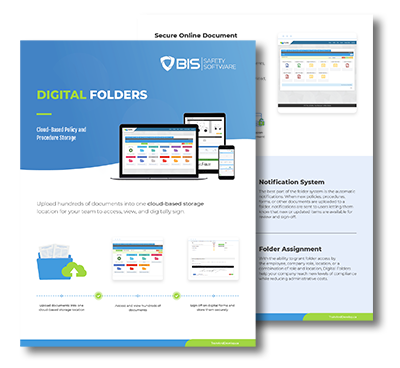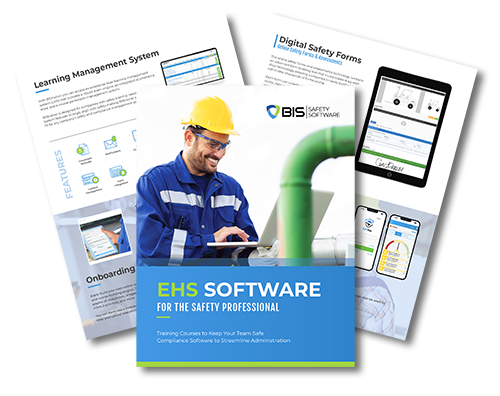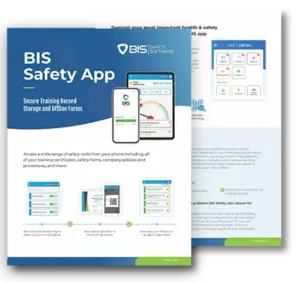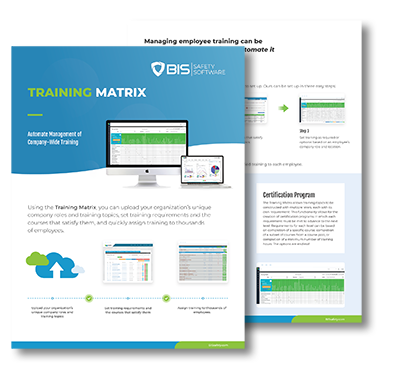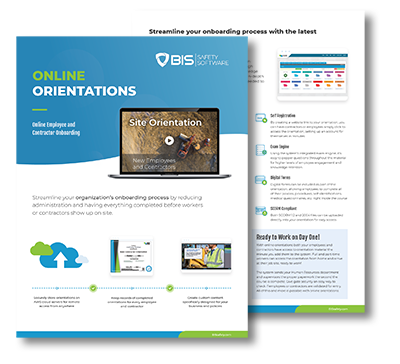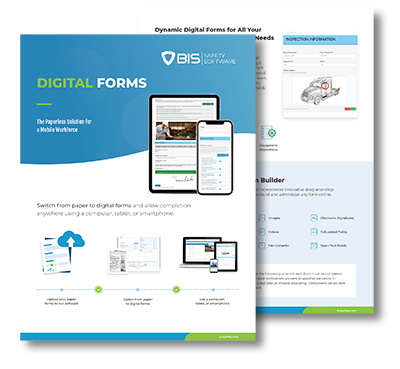6S is a workplace organization methodology that expands the traditional Lean 5S system by adding a crucial sixth element: Safety. It stands for Sort, Set in Order, Shine, Standardize, Sustain, and Safety. Widely used in manufacturing, construction, warehousing, and other industrial settings, 6S is a systematic approach to creating clean, organized, and hazard-free environments that reduce incidents and improve operational flow.
The addition of Safety to the original 5S framework transforms this productivity tool into a robust safety strategy. 6S doesn’t just tidy up the workspace, it proactively identifies risks and eliminates them as part of everyday operations.
The Six Pillars of 6S
Each “S” in the 6S system contributes directly to a safer, more efficient work environment:
- Sort (Seiri): Remove unnecessary items from the workplace. A clutter-free environment reduces tripping hazards and improves emergency access.
- Set in Order (Seiton): Organize tools and materials so everything is easy to find and safely stored.
- Shine (Seiso): Clean and inspect the workspace regularly. This promotes equipment maintenance and helps identify early warning signs of wear or damage.
- Standardize (Seiketsu): Establish consistent procedures and visual cues to maintain the first three S’s. Uniformity reduces variability and confusion.
- Sustain (Shitsuke): Build habits and culture to keep the 6S process alive. Regular audits and training keep standards high.
- Safety: Integrate safety checks into every step. Spot hazards, conduct risk assessments, and involve employees in proactive safety measures.
Why 6S Matters in Workplace Safety
Incorporating safety into Lean processes brings measurable benefits: fewer incidents, increased worker morale, higher productivity, and better compliance. It also helps safety teams engage frontline workers in day-to-day hazard recognition. Instead of safety being a bolt-on concept, it becomes embedded in how work gets done.
“6S turned our clean-up days into continuous safety wins. We started seeing fewer slips, better workflow, and a more alert crew.”, Plant Supervisor, Automotive Sector
Real-World Examples of 6S in Action
- In a distribution center, implementing 6S revealed that fire extinguishers were being blocked by storage carts. Fixing this improved both compliance and emergency readiness.
- On a construction site, 6S exposed excessive tool clutter that had led to trip hazards. By sorting and setting in order, the crew significantly reduced incident reports.
- In a food processing facility, regular shine and inspection routines flagged a cracked conveyor belt before it caused contamination or injury.
People Also Ask:
The value of FMEA extends far beyond compliance. It builds resilience into your operations by:
What is the difference between 5S and 6S?
6S includes all the steps of 5S but adds a dedicated focus on safety.
Is 6S part of Lean or Six Sigma?
Yes. 6S is rooted in Lean principles and is often used alongside Six Sigma for process improvement and risk reduction.
How does 6S improve safety?
By eliminating clutter, standardizing best practices, and integrating safety checks into daily routines.
What industries use 6S?
Manufacturing, warehousing, construction, healthcare, and logistics, among others.
6S is more than a housekeeping checklist. It’s a mindset that merges operational excellence with proactive safety. When teams adopt 6S fully, they’re not just organizing tools, they’re building safer, smarter workplaces from the ground up.
Related Articles
- All Posts
- #EmergencyPreparedness
- 2025 safety trends
- 360 Immersive
- 360immersive
- 6S Safety
- accident prevention
- accidental careers
- accountability
- adjustable workstations
- adult education
- AFAD
- AI automation
- AI implementation
- AI in business
- AI in operations
- AI in Safety
- AI podcast
- AI strategy
- AI transformation
- Airborne Hazards
- Alberta safety
- Alberta safety courses
- Allan James Moore
- Anhydrous Ammonia
- artificial intelligence
- asking for help
- audit findings
- audit readiness
- Audit Reporting
- automated compliance workflows
- automation in safety
- automation strategy
- avoidable injuries
- awareness
- Aztec Safety
- back strain
- BambooHR integration
- Bear safety
- behavior-based safety
- Behavioral Safety
- behavioural safety
- biometric sensors
- BIS Podcast
- BIS Safety Podcasts
- BIS Safety Software
- BIS Safety Spotlight
- black holes
- Blame Culture
- Blue Angels
- Boom Lift Safety
- BP Texas City Explosion
- Brave Leadership
- Brett Burkard
- bump test
- burnout
- business automation
- calibration
- call before you dig
- Canadian Compliance
- Canadian OHS
- Canadian safety
- Canadian safety history
- Canadian Safety Regulations
- Canadian safety standards
- Canadian wilderness safety
- CAPA tracking system
- carbon monoxide
- Cargo Securement
- Carolynne Heron
- CCOHS
- chemical
- Chemical Safety
- chemical vapors
- chronic injuries
- chronic pain
- cloud-based safety tools
- Coming Soon
- Commercial Drivers
- Commercial Vehicle Safety
- Communication in Safety
- Communication Systems
- community safety programs
- Competency in Safety
- Competency-Based Training
- complacency in safety
- Compliance
- compliance courses
- Compliance In Canada
- compliance issues
- Compliance management
- Compliance Reporting
- compliance software
- compliance software providers
- compliance tools
- compliance tracking
- compliance training
- compliance vs protection
- confined space
- Confined Space Safety
- connected safety systems
- Construction advocacy
- Construction education
- Construction industry
- construction safety
- construction safety training
- construction technology
- ConstructionSafety
- continuous improvement
- continuous safety improvement
- Continuous Safety Training
- corporate culture
- corporate training
- corrective actions
- CPR and AED
- crane
- Crane and Rigging Safety
- CSA standards
- Customer Spotlight
- Customer Spotlight Kevin Swinden Global Hazmat Safety Culture Hazmat Management Dangerous Goods Competency in Safety Workplace Risk Mitigation BIS Training Clients Canadian EHS
- customized training
- daily trip inspection
- Damage Prevention
- Dangerous Goods
- dangerous goods classification
- Danny Sellers
- data-driven safety
- debriefing
- Decision Analysis
- Decision quality
- defect management
- defect tracking
- defensive driving
- DEI in onboarding
- digital badges
- digital compliance
- digital FLHA
- digital forms
- Digital Hazard Reporting
- Digital Onboarding
- digital safety
- Digital Safety Audits
- digital safety meetings
- Digital Safety Solutions
- Digital safety systems
- digital safety tools
- digital safety transformation
- digital site access
- Digital Training Tools
- digital transformation
- DMS features
- document control
- document management system
- Dr. Joanna Pagonis
- Dr. Tom Krause
- Drilling operations safety
- Driver Fatigue
- driver file management
- driver training
- driving instructor program
- DTRMS
- Duty-Time Management
- e-learning
- e-learning tools
- eadership in safety
- early intervention
- education technology
- EHS
- EHS Adoption
- EHS analytics solutions
- EHS Compliance
- EHS demo questions
- EHS digital solutions
- EHS Inspections
- EHS leadership
- EHS Onboarding
- EHS software
- EHS software features for workplace safety
- EHS software vendor selection checklist
- EHS Strategy
- EHS system connectivity for safety excellence
- EHS systems
- EHS technology
- EHS tools
- EHS vendor review
- Einstein
- ELD
- electrical safety
- Elevated Work Safety
- elite performance
- Emergency Action Plan
- emergency preparedness
- emergency procedures
- emergency response
- emergency supplies
- emotional training
- EmpathyInLeadership
- employee behavior
- employee engagement
- employee health
- Employee onboarding
- employee preparedness
- Employee Readiness
- employee safety
- employee training
- employee trust
- Employee Well-Being
- EmployeeEngagement
- Employer Responsibilities
- Energy Isolation
- engaging toolbox meetings
- equipment inspections
- Equipment Operation
- Equipment Safety
- ergonomic consulting
- ergonomic design
- ergonomic risks
- ergonomics
- Evacuation Procedures
- evidence collection
- EWI Works
- Excavation Hazards
- Excavator Safety
- excavator safety essentials
- exoskeleton
- exoskeletons
- failing safely
- failure analysis
- fall prevention
- fall protection
- fast onboarding
- field experience
- field level hazard assessments
- field operations
- field safety
- field safety assessments
- field safety communication
- field safety leadership
- Field safety practices
- field safety services
- Field Safety Technology
- field safety tools
- Field-based safety culture
- Field-Friendly Software
- Fire Drills
- fire prevention
- Fire Safety Training
- first aid
- first aid kit
- first week on the job
- first workplace injury
- Fit Testing
- flaggers
- Fleet Compliance
- fleet management
- fleet safety
- FLHA engagement
- FLHA Integration
- FLHA software
- floor mats
- FMEA
- freight
- Frontline Engagement
- frontline safety
- fuel handling
- future of work
- gas detection
- gas monitors
- Gas Respirator Safety
- Gas Safety
- Global Hazmat
- global onboarding
- Good Samaritan laws
- gravitational waves
- gut feeling in safety
- hand injuries
- handling hazardous materials
- Hands-on safety management
- hands-on training
- hazard analysis
- hazard assessment compliance
- hazard assessment software
- Hazard Awareness
- hazard communication
- Hazard Control
- Hazard Identification
- hazard prevention
- hazard recognition
- hazard reporting
- hazard reporting technology
- hazard tracking
- Hazardous Energy Control
- Hazardous Materials
- Hazmat Management
- Health & Safety Podcast
- health and safety
- hearing loss prevention
- hearing protection
- heavy equipment operation
- heavy equipment safety
- Heavy Equipment Training
- hidden workplace hazards
- high voltage systems
- High-reliability teams
- High‑performance teams
- HOS Training
- Hours of Service
- HR automation
- HR software
- HR technology
- HSE leadership
- human factors
- human factors in safety
- human in the loop
- Human Performance
- human vs machine
- human-centered design
- human-centered safety
- Human-Centred Safety
- HumanCenteredLeadership
- Humble leadership
- humor in safety
- hydrogen sulfide
- ICBC certification
- ice melt
- identification
- immersive learning
- Imposter Syndrome
- incident data
- incident investigation
- incident management
- incident prevention
- incident prevention software
- incident reporting
- inclusive leadership
- industrial AI
- Industrial Hygiene
- industrial safety
- Industrial Training
- influence vs control
- Infrastructure Risk
- injury consequences
- injury prevention
- injury prevention tips
- injury recovery
- injury reporting
- injury response
- injury response plan
- inspections
- instant hazard logging
- instructor development
- internal audits
- international workforce
- interpreting safety data
- invisible dangers
- isk and compliance software
- ISO standards
- Jeff Mulligan
- Jennifer Lastra
- job site accountability
- job site hazards
- job site risks
- job site safety
- jobsite readiness
- Jody Young
- KBR Safety Training
- Kevin Swinden
- labor movement
- ladder safety
- Landscaping Ergonomics
- Landscaping Safety
- Leadership
- leadership accountability
- leadership and empathy
- Leadership by example
- leadership communication
- Leadership Development
- Leadership in Safety
- Leadership Management
- leadership messaging
- Leadership Story
- Leadership trust
- LeadershipDevelopment
- Lean Manufacturing
- Lean Workplace
- learning from incidents
- learning management
- lifting techniques
- lighting
- LIGO
- Linda Miller
- LMS
- LMS features
- LMS software
- Load Securement
- Lock Out Tag Out
- lockout tagout
- Lone Worker Safety
- lone workers
- LOTO
- LOTO Training
- machine learning
- Machine Safety
- Maintenance Safety
- Manufacturer Specifications
- mental health at work
- Mentorship in Safety
- MEWP Training
- MI Safety
- microlearning
- Mike Schwartz
- Mini Excavator Training
- Mining and resource safety
- minor injuries
- mobile FLHA solution
- mobile inspections platform
- mobile onboarding
- Mobile Safety Apps
- Mobile Safety Platforms
- mobile safety reporting
- Mobile Safety Tools
- mobile safety tools safety compliance solutions
- MOU Standards
- mould hazards
- mould prevention
- movement in workplace
- Multi-Contractor Worksites
- multilingual training
- MyZone AI
- Near Miss Reporting
- new hire experience
- New Hire Safety
- New Worker Training
- new workers
- no-blame investigations
- noise exposure
- nonconformance
- Northern BC
- NRCA
- NSC Standard 13
- occupational fatigue
- occupational hazards
- occupational health
- Occupational Health and Safety
- Occupational Health and Safety (OHS)
- occupational health risks
- occupational safety
- occupational therapy
- OH&S
- OHS
- OHS Career Advice
- OHS Compliance
- OHSA
- oil and gas safety
- omni-training
- On-Site Safety
- onboarding Canada
- onboarding safety
- Onboarding Software
- online learning
- online orientation software
- Online safety training
- operational efficiency
- Operational Excellence
- Operational risk
- Operator Certification
- organizational culture
- organizational safety
- OSHA compliance
- OSHA standards
- outdated practices
- Outdoor work hazards
- overconfidence
- overhead crane courses
- pain awareness
- paperless safety reporting
- paperless safety talks
- PDCA Cycle
- People-First Safety
- personal protective equipment
- Pharmaceutical Safety
- physics careers
- pipeline safety
- playbook software
- podcast
- post-accident review
- post-incident protocol
- PPE
- PPE enforcement
- PPE improvement
- PPE Training
- pre-trip inspection
- predictive analytics
- pretrip inspection
- Preventative Safety
- Preventing Complacency
- preventing shortcuts
- preventive action
- proactive risk management
- proactive safety
- proactive safety culture
- proactive safety measures.
- Proactive Safety Systems
- process improvement
- Professional development
- propane safety
- propane storage
- protective clothing
- psychological hazards
- psychological safety
- PsychologicalSafety
- quality control
- quality management
- quality standard
- Real Safety Leadership
- real-time hazard reporting
- Real-Time Reporting
- real-time safety
- real-time safety tools
- real-time site data
- recordkeeping
- reduce training costs
- regulatory updates
- repetition in safety
- repetitive motion injuries
- respirator safety
- respirators
- Respiratory Protection
- risk assessment
- risk management
- risk mitigation
- risk prevention
- Risk Prevention Tools
- risk reduction
- road safety
- Robin Postnikoff
- ROI with AI
- root cause analysis
- root cause correction
- routine task risks
- safe excavation
- safe habits
- safe transport
- safe work habits
- safe work practices
- safety
- safety accountability
- safety advice
- safety analytics integration
- safety article
- Safety Audit Software
- safety automation
- safety automation tools
- safety awareness
- Safety Behaviour
- safety behaviour science
- safety best practices
- safety communication
- safety compliance
- safety consulting
- Safety Conversations
- safety culture
- safety culture transformation
- safety data
- safety data sheets
- safety documentation
- safety engagement
- safety follow-up
- safety gear
- safety gloves
- safety goggles
- safety habits
- safety improvement
- safety incentives
- safety innovation
- safety insights
- safety inspection
- safety instinct
- Safety Leaders
- safety leadership
- Safety Leadership Podcast
- safety legislation
- safety lessons
- safety management
- safety management system
- safety management systems
- safety metrics
- safety mindset
- safety motivation.
- safety myths
- safety onboarding
- safety planning
- safety podcast
- safety procedure updates
- Safety Procedures
- safety process improvement
- Safety Professional Development
- safety professionals
- Safety Programs
- safety reporting
- safety review process
- safety shortcuts
- safety software
- safety software evaluation
- Safety Spotlight
- Safety strategy
- safety systems
- safety technology
- safety technology buyers guide
- safety theater
- safety tips
- safety tools
- safety training
- safety transformation
- safety transparency
- SafetyCulture
- SafetyLeadership
- Sarah Anderson
- scaffold safety
- scaffolding inspections
- scalable training solutions
- Scott Lyall
- SDS
- shipping documentation
- silent dangers
- silica dust
- Sinogap Solutions
- slips trips falls
- slow-building hazards
- smart helmets
- smart PPE
- smart safety systems
- smart safety tools
- Social Learning
- SOPs
- space science
- speak-up culture
- Spencer McDonald
- Standardized Work
- stop work authority
- storytelling and safety
- storytelling in safety
- supervisor training
- system safety
- Systems Thinking in Safety
- tablet-based toolbox talks
- Tank Cleaning Safety
- TCP safety
- TDG
- team communication
- team performance
- teamwork
- tech and ergonomics
- tech in safety
- tech-enabled learning
- The Safety Spotlight
- Thinking Driver
- Titan Environmental
- Tom Krause
- toolbox talks
- toolbox talks tablets
- Total Buy-In
- Total Recordable Injury Formula
- tough guy mentality
- toxic air
- Toyota Motor Manufacturing Canada
- traction control
- traffic control
- traffic control plan
- training
- training courses
- Training integration
- training management
- training matrix
- training record management
- training records
- training software
- TrainingAndDevelopment
- transportation
- transportation of dangerous goods
- Transportation Regulations
- Transportation Safety
- Trucking Regulations
- trust
- Trust & Accountability
- Trust & Communication
- Trust and Accountability
- trust at work
- Tyler Foley
- Underground infrastructure
- underground utilities
- unseen workplace threats
- Upward communication
- user experience
- utility line marking
- utility locating
- Utility safety
- Utility Safety Partners
- values-based onboarding
- vehicle safety
- version control
- veteran advice
- Virtual Reality
- VR safety training
- VR Technology
- walkway maintenance
- wearable technology
- Weights and Dimensions
- Wellness at Work
- WHMIS
- Wildlife awareness
- winter safety
- witness statements
- women in leadership
- work zone safety
- work-alone training
- work-related injuries
- worker accountability
- worker advocacy
- Worker buy-in
- Worker Engagement
- worker fatigue
- worker protection
- worker safety
- worker safety habits
- worker safety tips
- Worker Safety Training
- worker trust
- worker wellbeing
- workers' rights
- Workforce Automation
- workforce compliance
- Workforce development
- workforce engagement
- workforce management
- Workforce Readiness
- workforce training
- Working Alone Canada
- workplace accidents
- workplace air quality
- workplace best practices
- workplace certification
- workplace compliance
- Workplace Culture
- workplace hazard prevention
- Workplace Hazard Tracking
- workplace hazards
- workplace health
- workplace incident response
- workplace injuries
- workplace injury prevention
- workplace inspections
- workplace leadership
- Workplace Mental Health
- workplace mindset
- Workplace Organization
- workplace readiness
- workplace risk factors
- workplace risk management
- Workplace Risk Mitigation
- Workplace safety
- Workplace Safety Compliance
- workplace safety culture
- Workplace Safety Leadership
- workplace safety rules
- workplace safety tech
- workplace safety tips
- Workplace Safety Tools
- workplace safety training
- workplace stress
- workplace tiredness
- workplace trust
- workplace wellness
- WorkplaceSafety
- Worksite Safety
- WSPS
In this Safety Spotlight episode, Rick Sikora of Cranemasters challenges the idea of “common sense” in safety, exploring how true...
People-first safety leadership is built through trust, experience, and human connection. Simon Wiederkehr shows how putting people first leads to...

Safety leadership is not built through policies alone. Learn how Josh Boychuk’s field-driven approach shows why psychological buy-in, trust, and...




